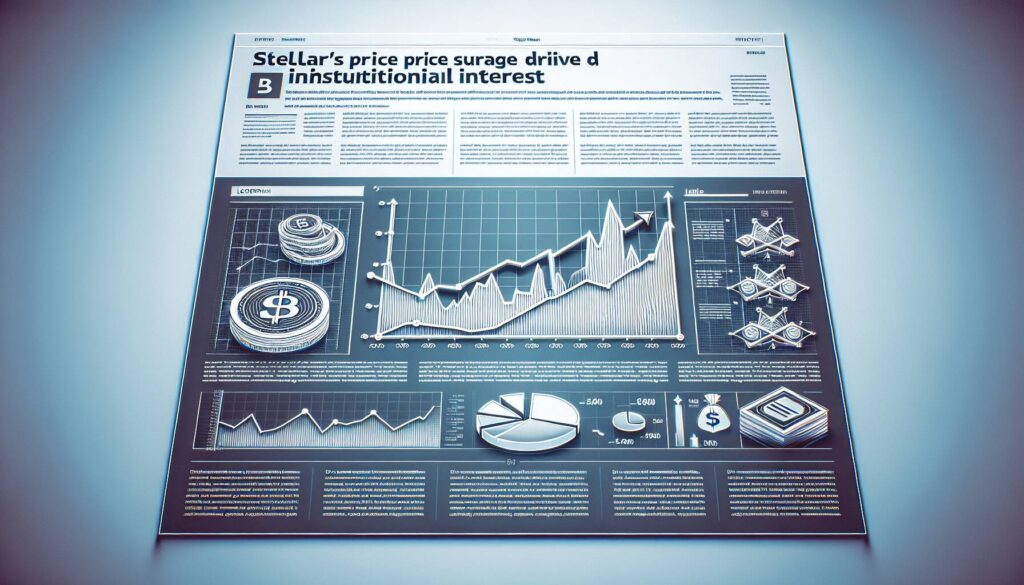Russia is on the brink of a significant change in its approach to cryptocurrency, aiming to integrate digital assets into its financial framework. With a growing recognition of cryptocurrency’s prevalence among the public, Deputy Finance Minister Ivan Chebeskov recently revealed that around 20 million Russians are currently using cryptocurrencies for various purposes. This acknowledgment highlights a shift in the government’s stance, as officials now see cryptocurrency as an integral aspect of the economy that requires formal regulation rather than outright resistance.
“The state needs to develop domestic infrastructure both to protect users and to secure economic and technological benefits for the country,” Chebeskov stated.
According to a report from TASS, Russian cryptocurrency holders had amassed a staggering total of 827 billion rubles (approximately $10.15 billion) by the end of March 2025. This figure marks a 27% increase from the previous year, indicating a rapid adoption of digital assets among Russian citizens. The majority of these holdings are concentrated in bitcoin, accounting for 62.1% of the total, followed by ether at 22% and stablecoins USDT and USDC, which make up 15.9%.
In a pivotal move, the Bank of Russia has decided to permit banks to engage within the cryptocurrency sector, signifying a noteworthy change in regulatory policy. First Deputy Governor Vladimir Chistyukhin announced this decision during the Finopolis conference, emphasizing the need for strict capital limits and reserve requirements to maintain a balance. This ensures that cryptocurrency activities do not overshadow traditional banking operations.
“We intend to impose strict capital limits and reserve requirements to ensure crypto activity does not become a dominant business line,” Chistyukhin explained.
Additionally, the central bank plans to closely monitor cryptocurrency investments and lending practices starting early 2026, reflecting a proactive approach to understanding and managing the burgeoning crypto landscape. Proposed criteria, still under discussion, could limit cryptocurrency transactions to “highly qualified investors” with significant financial portfolios or income levels. Furthermore, regulations might restrict banks’ exposure to cryptocurrencies to approximately 1% of their capital until comprehensive risk assessment rules are finalized.
This evolving narrative underscores a clear recognition by Russian authorities of cryptocurrencies’ entrenched role in society, coupled with their intention to establish a controlled environment for banks entering the digital asset space. As they navigate this complex terrain, the emphasis remains on balancing innovation and regulation to harness the benefits that cryptocurrencies can bring to the Russian economy.

Russia’s Integration of Crypto into Financial System
The following are key points regarding Russia’s movement towards integrating cryptocurrency into its financial system:
- Widespread Adoption
- Approximately 20 million Russians use cryptocurrencies.
- Government acknowledges that cryptocurrencies are a reality to be addressed.
- Economic Impact
- Cryptocurrency exchange wallets held a total of 827 billion rubles (~$10.15 billion) as of March 2025.
- There was a 27% increase in wallet balances compared to the previous year.
- 62.1% of funds are in Bitcoin, followed by 22% in Ether, and 15.9% in stablecoins.
- Central Bank Regulation
- Banks will be allowed to handle cryptocurrencies under strict regulations.
- Capital limits and reserve requirements will be imposed to prevent crypto from dominating banking operations.
- Investments may be restricted to highly qualified investors with significant portfolios or income.
- Future Developments
- The central bank plans to survey cryptocurrency investments and lending from January to February 2026.
- New rules for measuring crypto-related risks are being developed to ensure stability.
This integration may impact readers by influencing investment opportunities, requiring an understanding of new regulations, and recognizing the established role of crypto in the economy.
Russia’s Crypto Integration: A Path to Regulation and Opportunity
Russia’s imminent move to integrate cryptocurrency into its financial framework is a notable development within the global crypto landscape, reflecting a significant shift in policy — especially as more countries explore the digital asset domain. This pivot presents several competitive advantages and disadvantages compared to similar initiatives around the world.
Advantages: With around 20 million Russians engaging with cryptocurrencies, the integration could foster economic innovation and secure technological advantages for the country. By allowing banks to operate in the crypto space under stringent regulations, Russia is poised to create a safer environment for users, minimizing risks associated with the digital currency market. This step could attract foreign investment and bolster the domestic economy by harnessing the benefits of blockchain technology.
In contrast, nations like China continue to maintain strict bans on cryptocurrency transactions, which has led to a substantial outflow of crypto talent and innovation. Russia’s more open stance, albeit cautiously regulated, may facilitate its emergence as a competitive player in the global crypto arena, drawing ventures and startups from neighboring regions.
Disadvantages: However, the restrictive measures — such as allowing only “highly qualified investors” to engage deeply with crypto — may hinder broader adoption among the general populace. The proposed capital limits and reserve requirements for banks could stifle entrepreneurship and slow the pace of innovation within the crypto sector, putting Russian firms at a competitive disadvantage compared to more liberal environments in countries like Switzerland or Singapore, where crypto regulations are more permissive.
This regulatory framework may benefit established financial institutions and high-net-worth individuals, who can navigate the stringent requirements. Conversely, it could create challenges for smaller businesses and average citizens hoping to engage with crypto more freely. As these regulations unfold, the balance between fostering growth and ensuring consumer protection will be crucial in determining the long-term success of Russia’s crypto ambitions.

















